It started as a simple beach stroll. While walking along the shoreline in Queensland, Australia, a woman noticed a shell glinting in the sun. Its elegant swirls and glossy surface made it look like a perfect keepsake. She picked it up, took a photo, and posted it online, completely unaware she was holding a Cone Snail, one of the world’s deadliest creatures. Soon after, marine experts warned her that her beautiful find was also a life-threatening one. Fortunately, the woman was unharmed, but the encounter became a viral reminder: the ocean hides dangerous secrets in plain sight.
From jellyfish and sea snakes to toxic urchins and more, many of the ocean’s most beautiful creatures are also its most deadly. In this slideshow, we’ll take a closer look at the top marine threats that prove looks can be deceiving in the deep blue sea.
The Geographic Cone Snail
The woman’s beautiful shell turned out to be a Geographic Cone Snail. This tiny marine predator uses a harpoon-like tooth to deliver venom so powerful it can cause paralysis and respiratory failure in humans. Nicknamed the “cigarette snail,” folklore suggests you’d only have time for one last smoke before symptoms take hold. Found in warm, tropical waters, it lures victims with its beauty. Because there’s no antivenom, even one sting from it can be fatal. The incident in Queensland is a chilling reminder that even the most stunning seashells may be hiding lethal secrets.
Irukandji Jellyfish
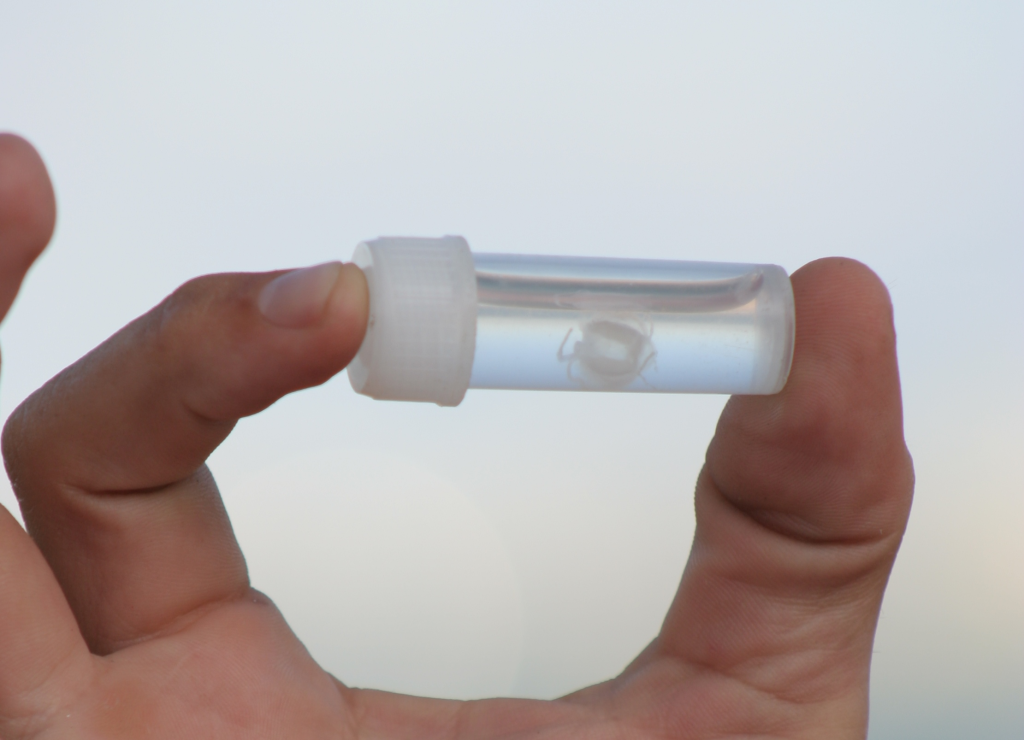
The Irukandji Jellyfish is about the size of a fingernail but delivers one of the most excruciating stings in the ocean. Victims experience symptoms known as Irukandji syndrome, including muscle cramps, vomiting, and a sense of impending doom. These jellyfish are found in northern Australia and are nearly invisible in water. Even brief contact with its tentacles can result in hospitalization. Despite its size, this jellyfish is anything but harmless.
Read More: Chilling Last Words of Man Before Bear Attack That Killed Him and His Girlfriend
Box Jellyfish
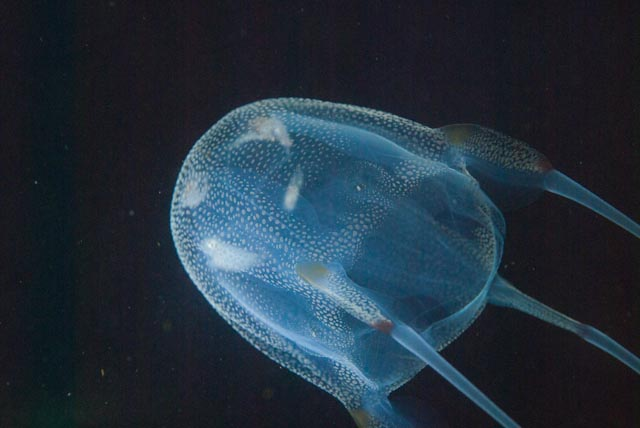
The Box Jellyfish may look like a ghostly balloon, but its sting can kill within minutes. Its venom attacks the heart, nervous system, and skin all at once. Found in the warm waters of the Indo-Pacific, especially around northern Australia, this deadly marine animal has tentacles so thin they’re nearly invisible underwater. Swimmers are often caught off guard. Victims describe pain so intense it leads to shock or cardiac arrest. While antivenom exists, it’s not always fast enough.
Portuguese Man o’ War
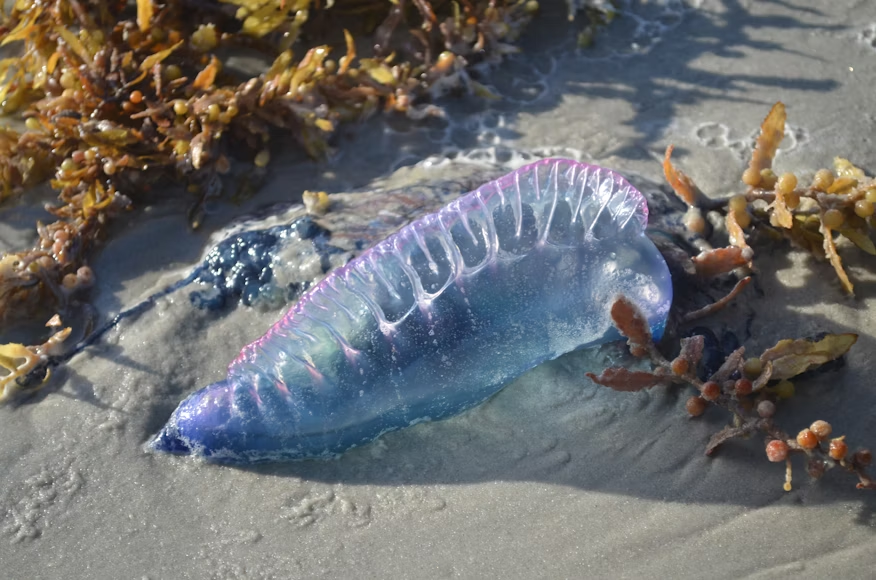
Often mistaken for a jellyfish, the Portuguese Man o’ War is a siphonophore, a group of organisms working together as one. It floats on the ocean’s surface with tentacles that can extend over 100 feet. These tentacles can deliver venom that causes welts, fevers, and breathing problems. Even after death, the stingers can still hurt. Commonly found in tropical and subtropical oceans, it’s especially dangerous to unsuspecting beachgoers. Avoid touching it under any circumstance.
Read More: 17 Potentially Deadly Dishes That People Still Eat
Blue-Ringed Octopus
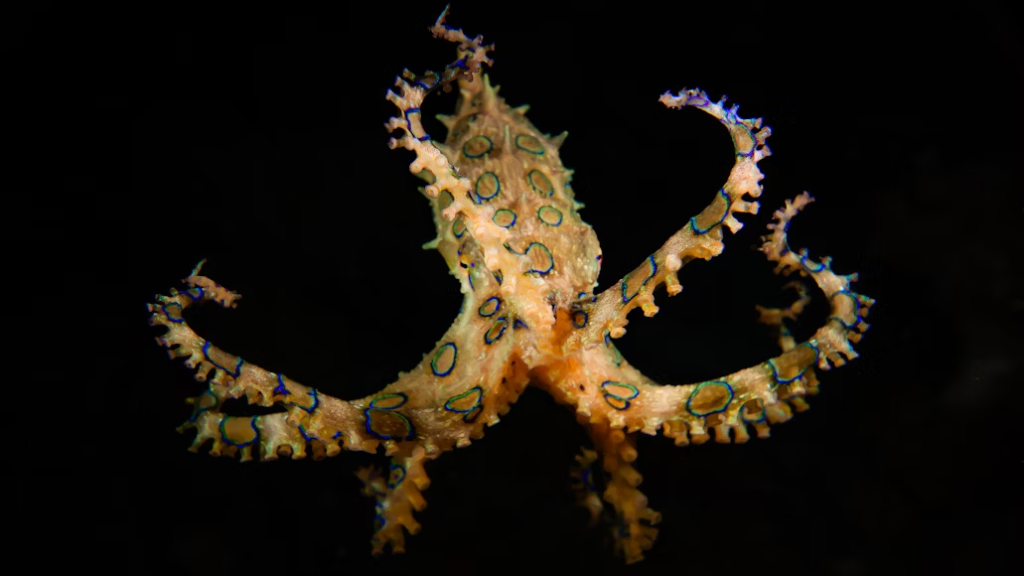
The Blue-Ringed Octopus may be tiny, but it’s one of the world’s deadliest creatures. It carries a powerful neurotoxin called tetrodotoxin, which causes full-body paralysis. Found in tide pools and reefs across Australia and Southeast Asia, it flashes its electric-blue rings as a warning. There’s no known antidote. Despite its vibrant colors, many beachgoers mistakenly think it’s safe to handle. A single bite can be fatal, making it one of the ocean’s most deceptive predators. If spotted, keep your hands far away.
Lionfish
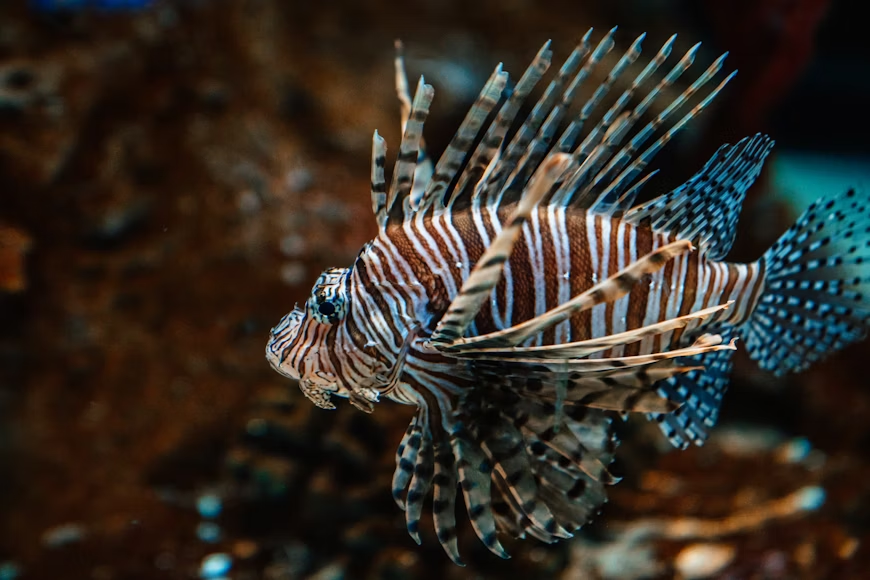
The Lionfish is a striking creature with red-and-white stripes and long, venomous spines. Originally native to the Indo-Pacific, it has invaded the Atlantic and Caribbean. Its venom causes pain, swelling, and sometimes temporary paralysis. While not usually fatal, the sting is unforgettable. Divers and snorkelers are advised to keep their distance, even though its bold appearance might draw them in. In many regions, efforts are underway to control their population due to environmental damage.
Stonefish

The Stonefish is the ocean’s best hider. It blends into rocks and sand, making it easy to step on by mistake. Its dorsal spines release venom that causes immediate and severe pain. Some stings result in tissue death or even fatality. It’s considered one of the deadliest marine animals in the Indo-Pacific region. Swimmers and waders should always wear protective footwear in known habitats. Prompt medical treatment, including antivenom, is essential for survival.
Read More: The Most Toxic Tree in the World Is Found in America, and Its 12,000x More Lethal Than a Rattlesnake
Sea Snakes
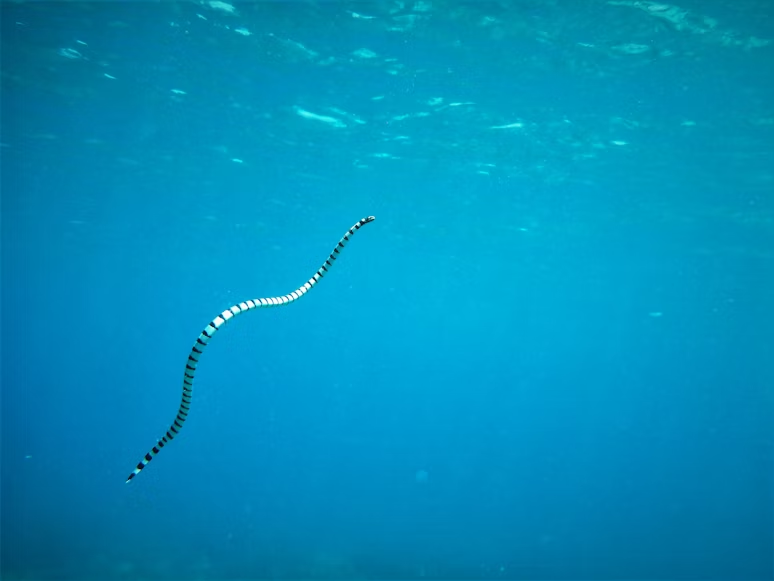
Sea Snakes are among the most venomous snakes on Earth. They live in warm coastal waters of the Indian and Pacific Oceans. Though generally non-aggressive, they will bite if cornered. Their venom is more toxic than most land snakes, affecting nerves and muscles quickly. While fatalities are rare, encounters should be taken seriously. Divers should respect their space and avoid sudden movements around them.
Flower Urchin
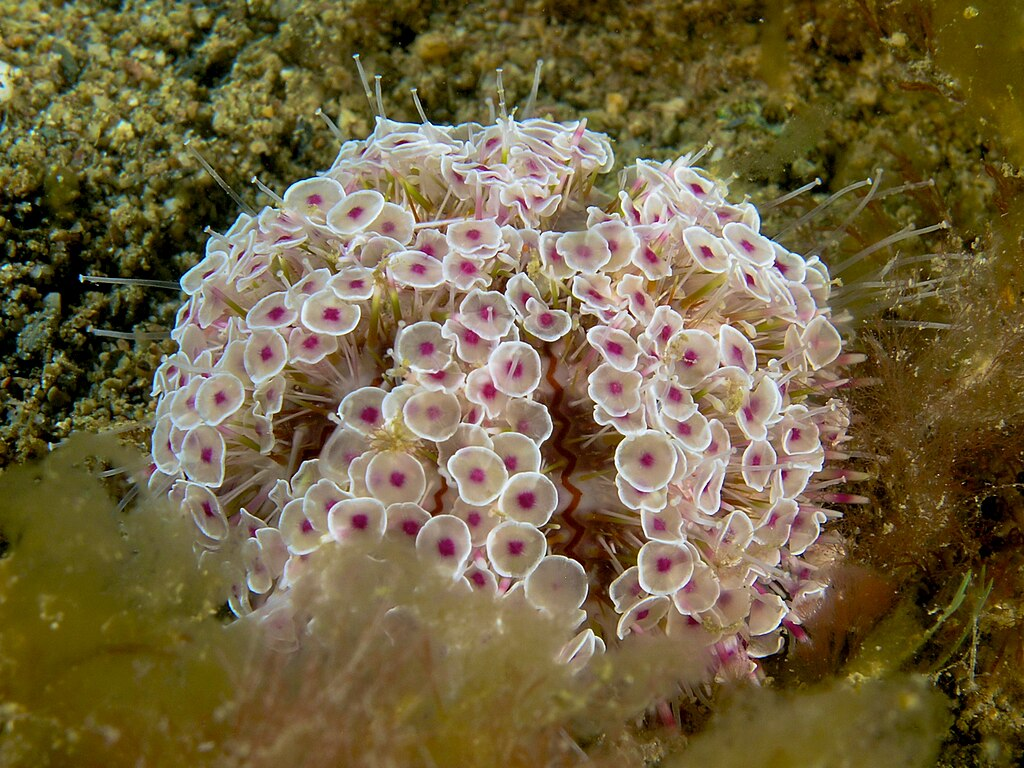
Don’t be fooled by its pretty, petal-like exterior, the Flower Urchin is one of the world’s deadliest creatures among sea urchins. It has small jaw-like structures that inject venom on contact. Symptoms include pain, swelling, and in severe cases, paralysis or breathing difficulty. These urchins are found in Indo-Pacific waters. Many snorkelers mistake them for harmless coral or shells, leading to painful surprises. Admire with your eyes, never your hands.
Crown-of-Thorns Starfish
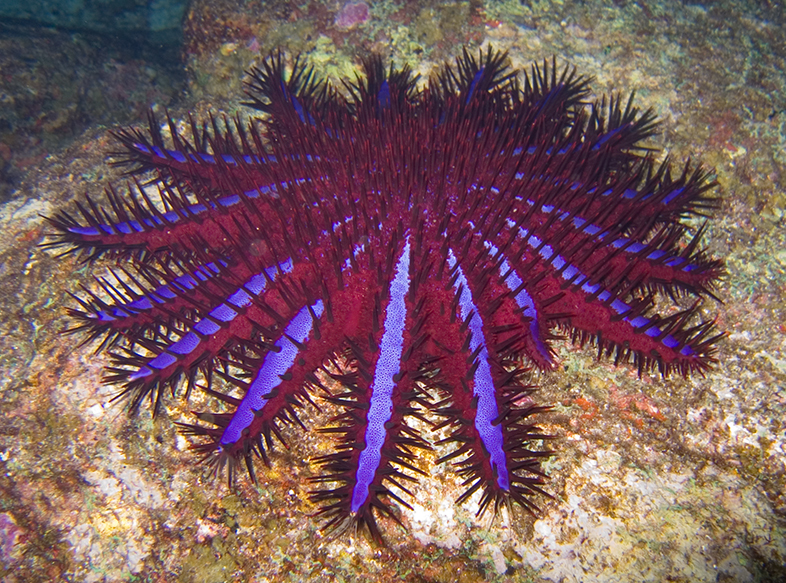
The Crown-of-Thorns Starfish is as dangerous to coral reefs as it is to humans. Covered in venomous spines, it causes painful stings that lead to nausea and swelling. It’s a major threat to reefs like the Great Barrier Reef, where outbreaks have caused massive coral loss. Divers encountering these creatures should wear protective gloves and avoid touching them. Despite their colorful appearance, they pose serious risks to both people and the environment.
Beauty Isn’t Always Safe in the Sea
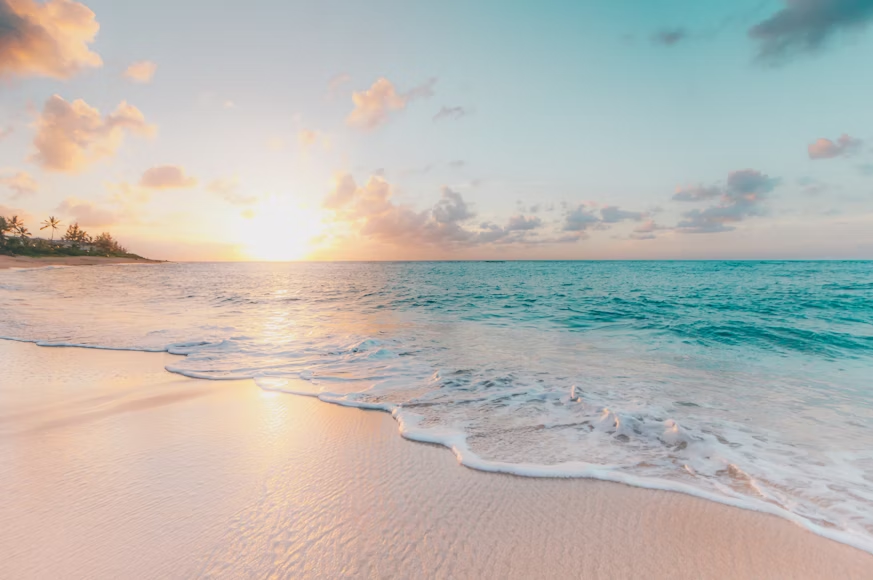
The ocean is full of beauty, but also danger. From the deceptively lovely Cone Snail to venom-packed jellyfish and octopuses, many marine animals pose serious threats. Understanding these risks is key to enjoying the sea safely. Wearing a protective wetsuit in effected areas would be smart. Whether you’re collecting shells or snorkeling near reefs, always respect marine life. Look, but don’t touch. It might save your life.
Read More: 8 of The Most Dangerous Foods in the World
